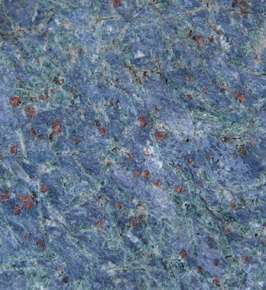Earth's crust moves like a yo-yo: research

(PhysOrg.com) -- New research from The Australian National University has shed light on the secrets of the deep Earth and will lead to better understanding of important geological processes.
The research, carried out by Dr Daniela Rubatto and co-workers from the ANU Research School of Earth Sciences and colleagues at the University of Bern and University of Torino, has accurately recorded for the first time what was once considered purely theoretical – yo-yo subduction.
Dr Rubatto said: “Understanding subduction zones is critical as they are the areas where plates meet and merge, where volcanos form, where lava is generated and where earthquakes happen. This discovery also has the potential to change the way we look at plate collision zones and mountain building.”
The ARC QEII Research Fellow added that the conventional view of subduction – zones where the Earth’s crust is pushed down through the convergence of tectonic plates – is that it happens only once.
“The typical idea is that the convergence of plates creates a force that pushes rocks down from the surface of the Earth making the whole system move down like a conveyor belt. Most of the material will sink forever in the planet’s mantle and only a fraction will make it back to the surface.
“However we have now determined that the Earth’s crust is pushed down from the planet’s surface to a depth of 60 to 100 km, comes back towards the Earth’s surface, is pushed down again and then finally ends up back on the surface where it becomes part of mountain belts.
“Our findings suggest that within a subduction zone individual rock units move independently, faster and in a more complex way: they go down and up and down again and up again, like a yo-yo.
“On top of this we can prove that all this happens in a relatively short geological time of less than 20 million years. To put this time into context a mountain belt normally takes 50-100 million years to form and the rocks around Canberra have been moving up or down only a few kilometres in the last 400 million years.”
The breakthrough was made by looking at rocks from the Italian Western Alps. Dr Rubatto said it came about through selecting the right sample of rock, the ability to make accurate chemical measurements of tiny minerals with the ANU-built SHRIMP ion microprobe and some luck. She added that the discovery will now enhance our understanding of key aspects of the Earth’s geological behaviour.
“We also often observe consequences of deep movements in the Earth like earthquakes, tsunamis and so on. Now we can track these movements in detail, in time and space. Our new methodology of investigating rocks is like being finally able to read a flight recorder. So far we have known where the plane started, that it had a stop over, and finally landed at its destination. Now we can read the actual route of the plane, how fast it went, and how long it took - and find out that it went to a destination twice.”
The findings have been published online today on Nature Geoscience’s website.
Provided by Australian National University










_rdax_300x225.jpg)






